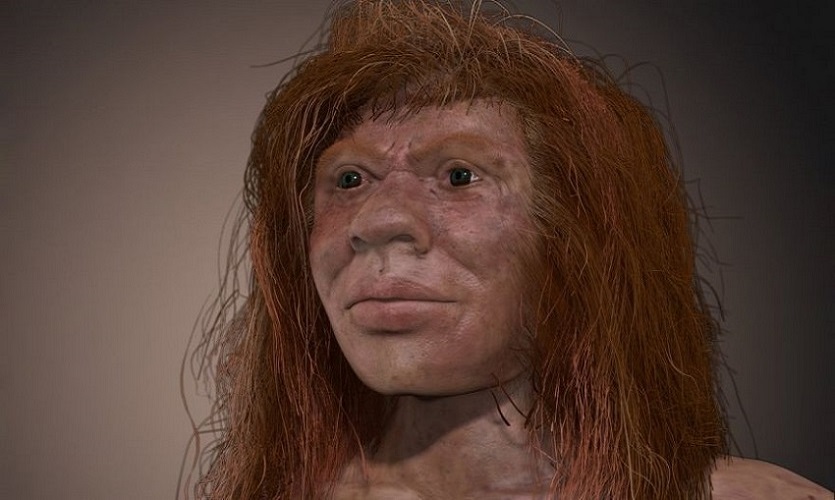Anthropologists play down links between modern humans and Denisovans

An anthropologist at Liverpool John Moores University and other researchers have played down links between modern Asian physiology and a recently discovered early human species, Denisova hominins.
Denisovans are extinct ‘archaic’ human members only recently known to us from cultural and fossil remains found in Russia and China, with some dated at over 160,000 years old.
They lived at extremely high altitude surviving in caves at temperatures as low as -30C.
Like Neanderthals and early members of our own species Homo sapiens, the Denisovans contributed some genes to us, that’s to say, they are one of our ancestors.
“Unfortunately, the number of their fossil bones is few, so much of what we know about these ancient people is based on the study of ancient DNA—first recovered from a Denisovan finger bone,” explains Professor Joel Irish, of the School of Biological and Environmental Sciences.
How strong a link?
Previous research in early 2019 (see 1) on a jawbone unearthed in Xiahe in northern China and published in the Proceedings of the National Academy of Sciences (PNAS) described unique-shaped tooth roots similar to those of some people today, notably in Asia.
The paper cited the three-root molar as evidence of a Denisovan link with modern Asians - a major claim.
Now, Professor Irish and Professors G. Richard Scott (University of Nevada) and María Martinón-Torres (National Research Centre on Human Evolution, Burgos, Spain) have published a letter in PNAS (2) refuting the claim as premature.
Joel explained: “Teeth are highly regulated by genetics, at least relative to other bones. That means they can be used as proxies of genetic data, like DNA, to also estimate relatedness of species.
Not supported
“However, according to our analysis, the molar in question does not suggest a link between Denisovans and the modern Asian groups. Importantly, the form of the root they describe is quite different from that they cite for evidence of a modern relationship.”
“As such, their claim of ancestry is not supported,” and he adds: “There is a danger in over-interpreting relatedness based on a single dental trait—particularly if it is not sufficiently identified.”
The scientists suggest the way forward is to focus on ancient DNA to characterize and determine relationships for the Denisovans, until such time that more sufficient numbers of their fossil remains are recovered.
For more about Forensic Anthropology an Liverpool John Moores, see here .
1. Bailey, S.E., Hublin, J.J., Anton, S.C. 2019. Rare dental trait provides morphological evidence of archaic introgression in Asian fossil record. Proceedings of the National Academy of Sciences USA 116, 14806-14807.
2. Scott, G.R., Irish, J.D., Martinón-Torres, M. 2019. Apples and oranges: a more comprehensive view of the Denisovan three-rooted lower second molar from Xiahe. Proceedings of the National Academy of Sciences USA.


